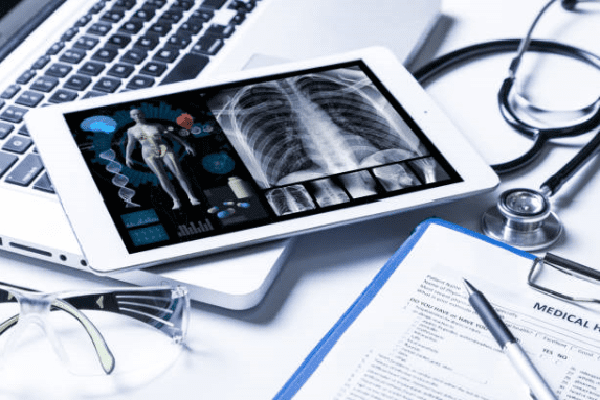Respiratory system >>>> Respiratory failure
Respiratory failure.

The respiratory function of the lungs is provided by several processes occurring inside them:
- Air transport or ventilation,
- Blood flow or perfusion,
- Gas exchange at the level of alveolar - capillary membranes or diffusion.
The effectiveness of these processes depends on:
- on the level of regulation of breathing by nerve impulses sent by the central nervous system;
- on the degree of airway patency;
- from the mobility and integrity of the chest;
- from the functionality of the respiratory muscles;
- on the quality of perfusion in different parts of the lungs.
Violation of at least one of the above processes causes pulmonary failure (synonym: respiratory failure ).
The causes of respiratory failure are due to a number of factors:
- Impaired ventilation of the lungs can be associated with lesions of the central nervous system: inflammation, edema or dehydration of brain tissue, intoxication of the body, poisoning with chemicals , impaired cerebral circulation, tumors, trauma, coma;
- Damage to muscle tissue and peripheral nerves in botulism, tetanus, epilepsy, poliomyelitis, myasthenia gravis and other cases;
- Breathing disorder due to prolonged convulsive syndromes;
- Violation of bronchial patency due to edema and swelling of the mucous membrane of the respiratory tract ( obstructive bronchitis , bronchiolitis, pneumonia, asthma ), stenosis of the larynx in inflammatory processes and allergic reactions;
- Violation of the patency of the respiratory tract when foreign objects enter them (including stomach contents during vomiting, tongue retraction during convulsions, water ingress during drowning);
- Pathological condition of the chest: rib fractures, compression, pneumothorax, massive pleural effusion, limited diaphragm mobility;
- Violation of the elasticity of the alveolar tissue in pneumosclerosis, pulmonary emphysema, increased blood volume in the vessels with heart failure, atelectasis, violations of collagen structures of the walls of blood vessels;
- Hemodynamic disorders in the pulmonary circulation in pulmonary hypertension, anomalies of the interventricular septum, the presence of anastomoses;
- Disturbances of gas diffusion through alveolar - capillary membranes;
- Disturbances of blood microcirculation in thromboembolism or atherosclerosis.
Respiratory Failure signs:
- Anxiety and verbosity, sometimes a state of euphoria,
- Hoarse voice,
- Rapid breathing (pay attention to the movement of the muscles of the neck, facial muscles, convulsive movements of the larynx),
- Shortness of breath,
- Barking cough,
- Cyanosis (blue discoloration of the skin, especially in the face area: lips, nasolabial triangle),
- Cold, clammy sweat.
The rate of onset of symptoms indicates chronic or acute respiratory failure. Acute respiratory failure can develop within minutes or hours, and symptoms of chronic respiratory failure can increase over several months or years.
Treatment of respiratory failure is usually carried out within a hospital, which allows, with the help of medical-hardware intervention, to restore respiratory functions, and, if necessary, carry out resuscitation measures.
The goal of the treatment of respiratory failure is to normalize gas metabolism in the lungs, for which it is necessary to restore the patency of the bronchi, normalize the movement of the chest, restore the correspondence of alveolar ventilation to the capillary blood flow, and take measures to straighten the lung tissue at the sites of atelectasis. Intubation or tracheotomy is performed if necessary. Connect a ventilator.
Drug therapy is aimed at relieving edema (using decongestants and antihistamines), restoring the rheological characteristics of the blood (using antiplatelet agents). Bronchodilators and ß-adrenostimulants are also used.
Treatment of respiratory failure should be carried out according to the degree of intensity of the process and the form of its course (acute or chronic).

Read

Read



























